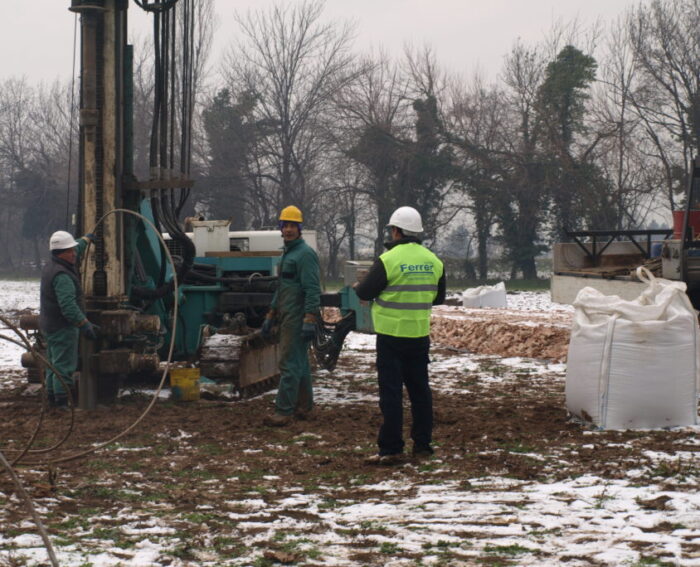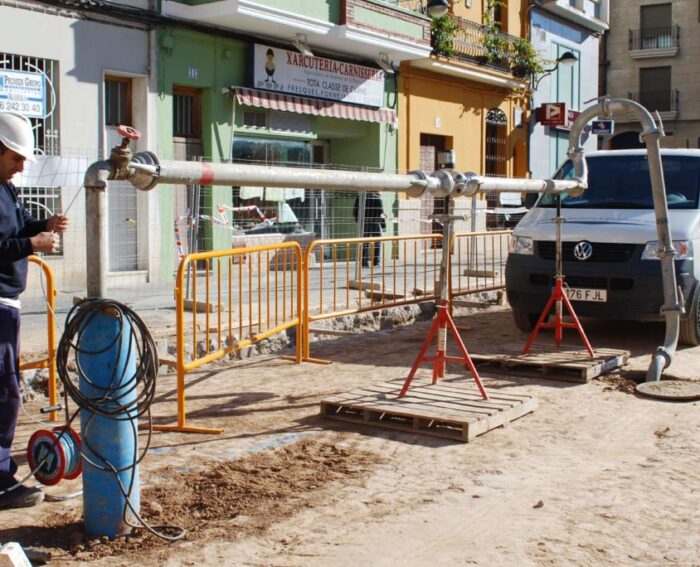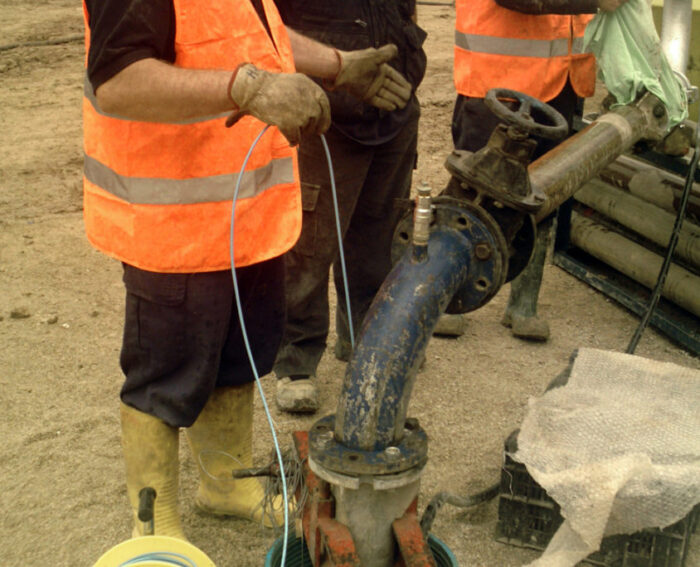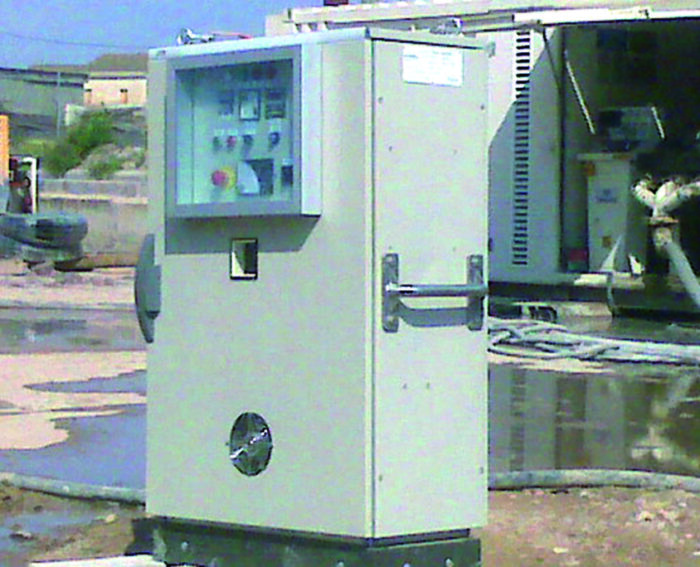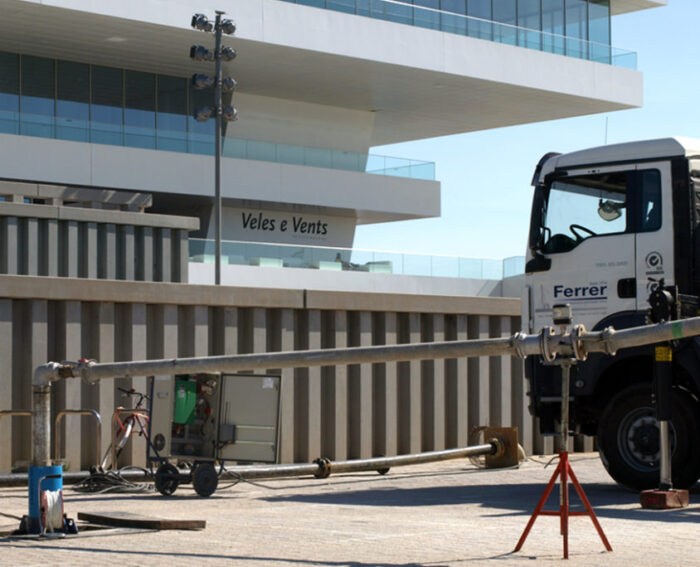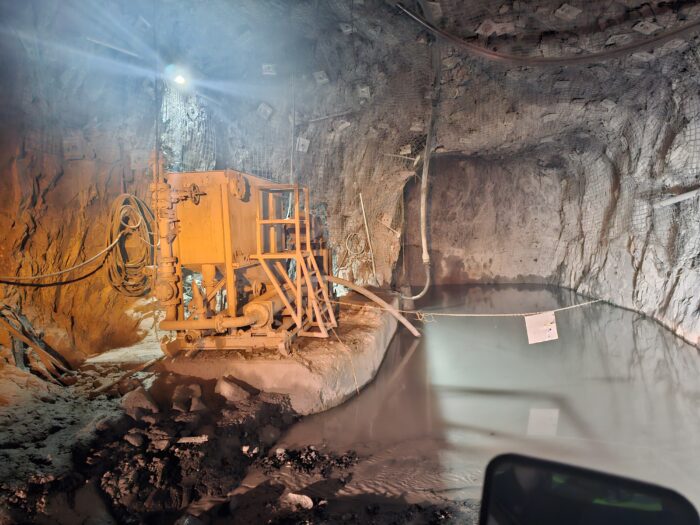Combining the practical experience of working in the field with the theoretical knowledge that only science can provide, it was with the third generation when FERRER, loyal to its principles of moving forward and always improving, incorporated new technologies and tools in the field, as well as computational models, to achieve superior and more efficient designs in hydrogeology applied to dewatering systems for civil engineering, building and mining works.
Regardless of the usual geotechnical studies associated with a construction project, if we are faced with saturated soil in which we intend to excavate, other studies must be carried out to determine the hydrogeological parameters (Hydraulic Conductivity “permeability”, Transmissivity and Storage Coefficient) ground.
Beyond pulse or punctual hydraulic tests, pumping tests are by far those that offer a closer approximation to the real values.
In general, a pumping test will require a pumping well and observation piezometers. Both the pumping well and the piezometers must be executed with techniques that do not alter the natural permeability of the soil, avoiding in any case the use of drilling muds or polymers.
In essence, we can say that it consists of pumping the well (at a known and generally constant flow rate), observing and recording the decreases caused by said pumping, both in the well and in the piezometers. From the interpretation of the results we will obtain the hydrogeological characteristics of the aquifer.
Ferrer ® incorporates the latest technological advances in calculation tools and measurement equipment (programmable frequency recorders, digital flow and volume gauges…) increasing the precision of the results obtained in the field.
The results obtained will serve as a basis for the definition of the Dewatering system, as well as for the analytical calculation process and/or assembly of the numerical model if required by the project conditions.
Applications:
Applications of Hydrogeological Characterization in engineering works, through Pumping Testing.
See video below:
